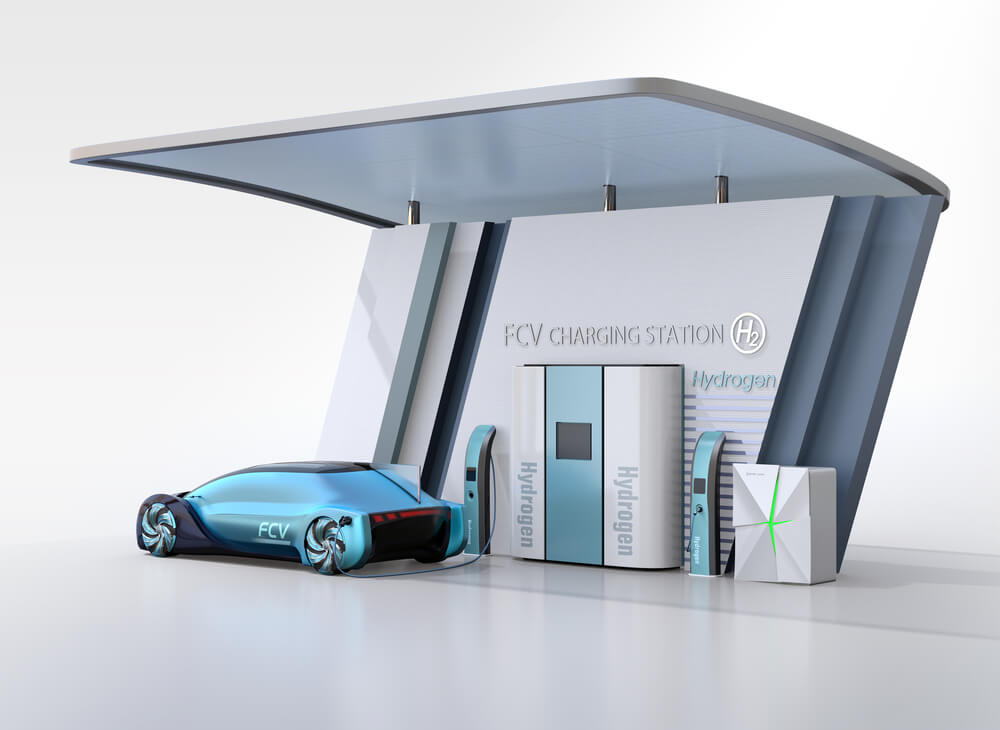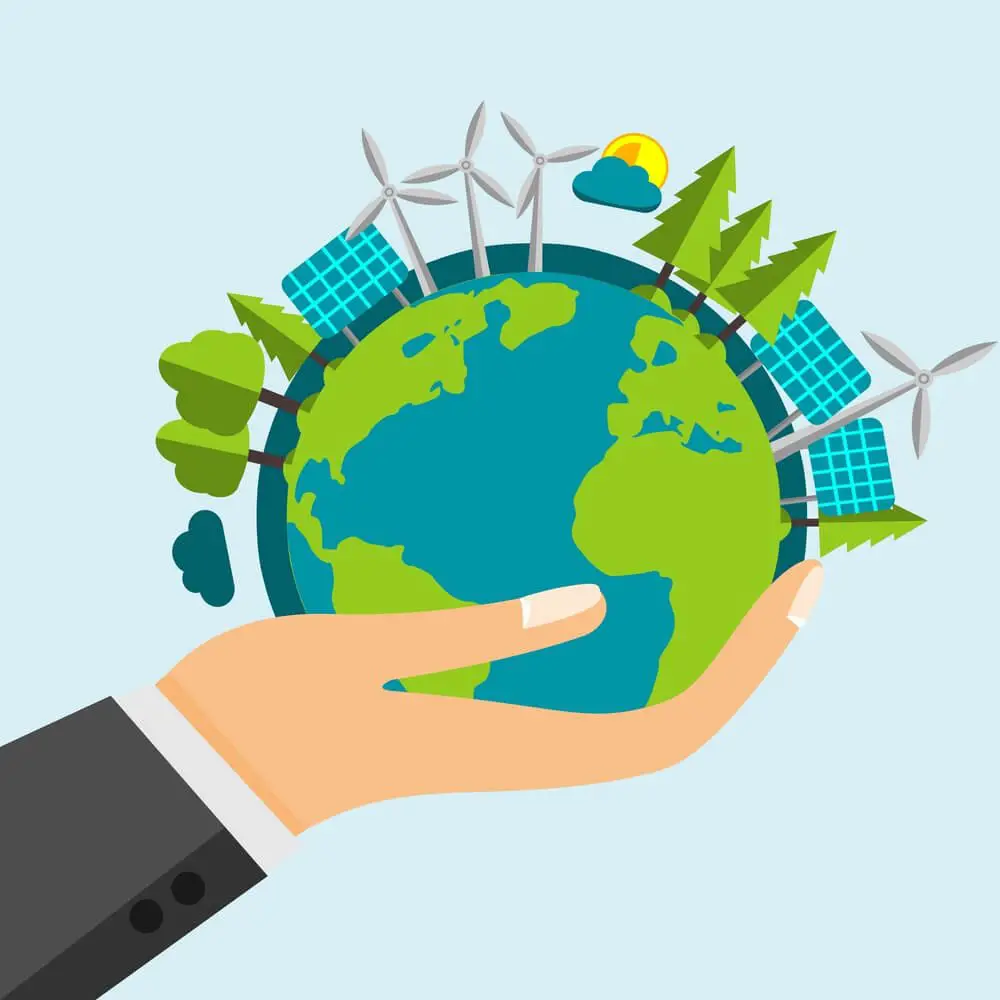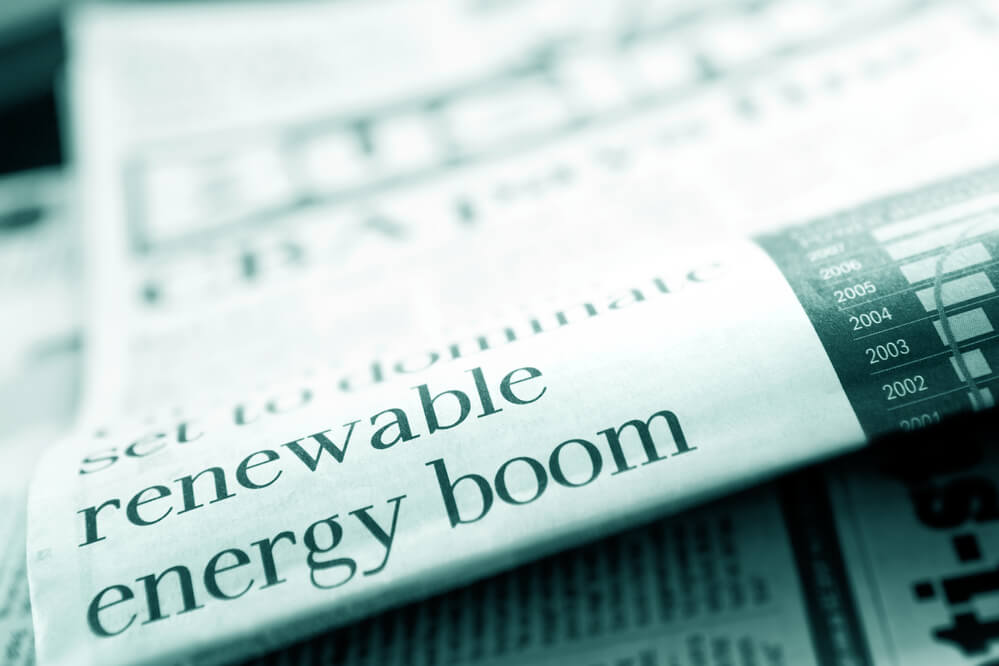Since the introduction of renewable energy, the cost of operating this source of power has had fluctuating prices.
You probably think of renewable energy as expensive, but you might want to rethink that thought with current pricing.
According to the International Renewable Energy Agency reports, unsubsidized renewable energy is among the cheapest power generation sources.
This report follows after a continuous downward trajectory its pricing has been facing.
Regardless, in this article, I will reveal the cost-effectiveness of renewable energy and why it became affordable.
In addition, I will highlight some ways renewable energy can become more affordable for the general public.
Is Renewable Energy Cost Effective Right Now
The rise in renewable energy investment has played a significant role in reducing the price tag attached to the power source.
During the early days of renewable energy, you could refer to them as effective but never affordable.
However, as the years passed, the cost attached to renewable energies kept plummeting, which gradually increased its cost-effectiveness.
According to Milken Institute’s chairman, Michael Milken, saving the environment isn’t the only compelling argument for switching to renewable energy .
Michael Milken further pointed out that the gradual affordability of renewable energies has become even cheaper than traditional fossil fuels.
The renewable energy affordability wasn’t only towards the U.S, but a global reduction.
For instance, at the time, in about two-thirds of the world, renewable energy had become cheaper than several carbon-based energy.
This fostered the argument that it no longer was for the environment but social economics.
According to EIA reports, U.S electricity generation surpassed that of coal for the first time in April 2019.
In 2019, Lazard’s LCOE shows that the U.S renewable energy pricing continued to fall – with solar and wind hitting new lows.
Why did renewable energy become cost-effective?
The gradual shift in the pricing of renewable energy mostly gets attributed to some significant sources.
I believe the high price tag attached to renewable energy was because it was still fresh on the market.
Regardless, here are some reasons I believe renewable energy became as cheap as it is. Let’s take a look;
- Increased investment in renewable energy
- Improved renewable energy technology
- Acceptance by the general public
- It offers a free power source.
- It is easily accessible energy.
How Renewable Energy Became So Cheap
The cost for a sustainable and reliable form of energy has been the central goal of the power industry for many years.
The power industry observed that for renewable energies to become viable, a price change needs to occur.
This change of pricing was to become affordable by the general public and be less expensive than fossil fuels, making it a viable replacement.
However, the industry surpassed the price mark in 2019 by making it affordable.
As stated earlier in this article, in about two-thirds of the world, renewable energy has become more affordable when compared to carbon-based electricity.
Nevertheless, let’s see how (and why) renewable energy became as cheap as it is.
- New Technology
As the years pass, many individuals get informed and interested in renewable energy as a power source.
The increased interest in renewable energy resulted in the development of new technologies to run the sector.
Additionally, more studies on renewable energy led to the creation of enhanced multiple technologies.
It might seem unlikely, but these new technologies are part of the prime reasons for the drop in its cost.
For instance, solar and wind energy are technologies running on natural resources rather than refined fuels.
The reason for failures in the early years was due to less resilience by the then technologies to environmental factors like solar radiation.
- Energy Subsidies
Another reason behind renewable energy affordability is due to government energy subsidies.
To fight climate changes, the government offered businesses and consumers subsidies for using any sustainable power source.
The monetary incentives by the government reduced the end cost for choosing renewable energy sources.
Also, by subsidizing renewables through taxes or direct payment, the government pays a portion of this energy’s cost in the market.
It has reduced and continues to decrease the economic impact on consumers investing in green energy in the long run.
Additionally, subsidy programs hold the caveat as taxpayer-funded operations because most people pay tax.
- Investment
When you in-depthly look at new technologies to reduce renewable energy cost, you can vividly trace it to increase in investment.
Of course, more people interested made the industry look into making new technologies, but investments funded the operation.
In a 2019 report, the U.S renewable energy investments surged as high as 28%, setting a $55.5 billion record.
And this increased investment occurred during a pro-fossil fuel administration.
This proves the fact that investments played a massive role in reducing the cost of renewable energies.
However, some people would argue this fact, but in the end, investments drive technology.
- Market Volatility
As you know, fossil fuels are subjective to market volatility and this a primary area sustainable energy triumphs over.
Also, unlike renewable energy, fossil fuels are finite (plus controlled by companies) and do not become cheaper after some time.
If you observe coal and crude oil, you would see that these undergo price hikes, whereas renewables are more stable, mainly with downhill trends.
The constant price hikes in fossil fuel gives renewable energy an upper hand in the market.
How much cheaper is renewable energy compared to fossil fuel?
According to research by Bloomberg, the most economical way to produce electricity is the wind power from farms at a rate of $80/MWh – in Australian dollars.
This goes to show how less expensive it is to run on renewable energy.
However, electricity from a coal-fired power station costs about $143/MWh when compared to renewable energies.
Additionally, the research also revealed a rate of about $116/MWh at a gas baseload power plant.
How cheap will renewable energy get?
In renewable energy, I believe the sky is genuinely the limit here – especially for solar power.
Although solar cell technologies have improved, they are still at about 25% efficient, which means there is enough room for improvement.
Shortly, we can only see more efficient technologies that can harness the sun and wind.
Once the technologies can reach 100% efficiency, you can expect the cost to drop by over 70%.
How Can We Make Renewable Energy More Affordable For All
Currently, you can say renewable energy is pretty affordable compared to the initial pricing during its introduction.
However, the present cost remains expensive to some below-average households around the world.
The next step to take for us to achieve affordable, sustainable energy is to make it cost-effective for all.
I have stated the ways renewable energy initially became affordable, so increasing in those areas is paramount to achieving the cheapest power source.
Regardless, I’ll state some ways we can make renewable energy affordable for all. Let’s see those ways;
- More investments from top-class and wealthy citizens.
- Enhancement in renewable energy technologies.
- By expanding the manufacturing and infrastructural industries.
- Allow room for individual companies to create their unique methods of capturing and selling energy.
Conclusion
Although renewable energy is not where it once was, it remains far from where it can be – in terms of affordability.
However, I will consider renewable energy as affordable, mainly because it is cheaper than fossil fuels.
This article has highlighted the cost-effectiveness of renewable energy and why it became cheap.
We can only hope for increased affordability with renewable energy; however, it will be affordable by all in a not-so-distant future.





